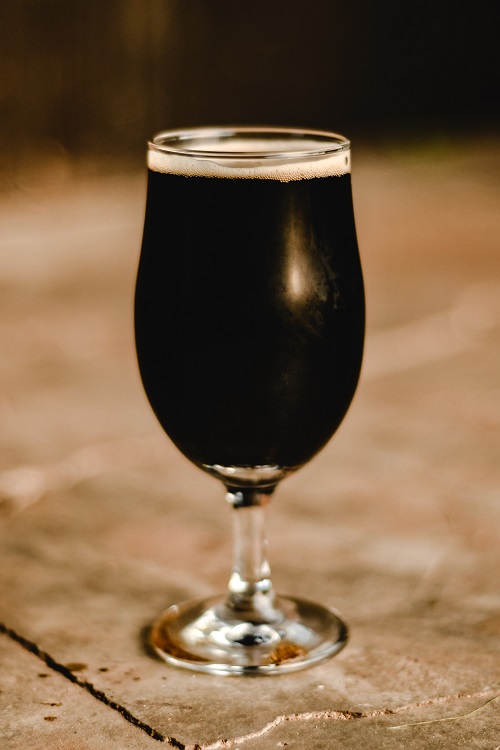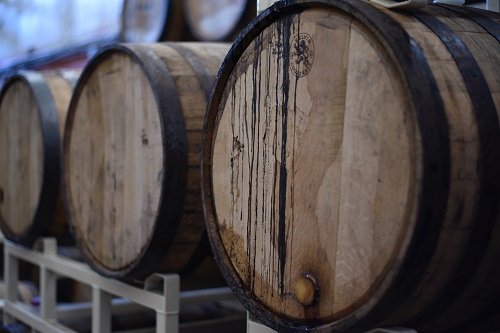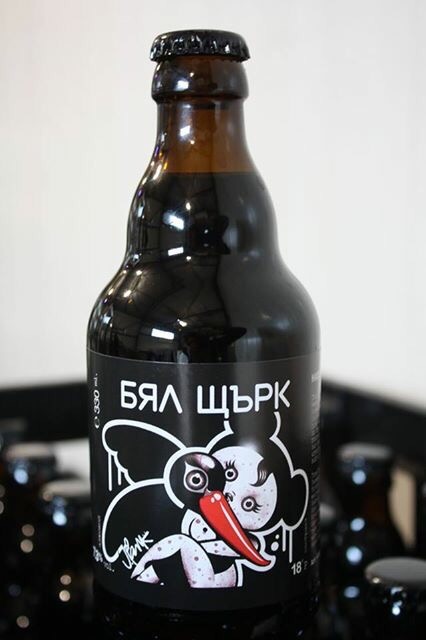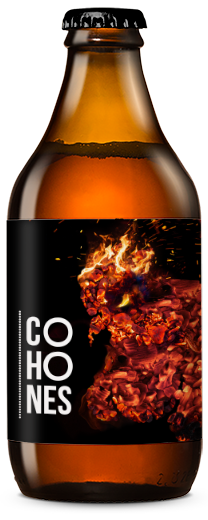There is an eternal battle in finding the difference between Porters and Stouts in the modern day. We need to travel back in time to get to the bottom of it…

Porters are an English 18th century invention with pubs cutting old darkened beer with fresher versions in order to get rid of old stock. Breweries caught on and started to use darker longer kilned malted barley to make a similar beer – which of course pushed brewers to experiment further and gave birth to ‘Stouter’ (eg stronger) Porters, et voila the birth of the Stout happened.
The main difference between the two – not that you will taste it nowadays - is that Porters use malted barley in their base, are lighter in colour and taste drier. Whereas to achieve a creamier Stout, roasted barley (not malted) and other grains (oats, wheat etc) are used in the base and the colour is jet black. Stouts, thanks to the roasted barley, achieve a cocktail of chocolate and coffee on the nose.
This brings us to the higher alcohol styles of the Porter and the Stout – also a 19th century development. For some reason Russia put up trade barriers against the world in the 1820s, but for another reason left out Porter beers out of the list, allowing English brewers to export as much as they wanted in to the Baltic States and St Petersburg, with the rumour that Russian breweries could not copy the style. With the Russians preferring stronger beers (and making these easier to ship & export) alcohol content started to rise with breweries putting the name ‘Imperial’ as in the ‘best’ above the rest or their ‘top’ beer in advertisements.
The ‘Russia’ in Russian Imperial Stout came much later by the end of the 19th century though, as the court in St Petersburg embraces Champagne, red wines and stronger stouts. What also happened thanks to the higher abv is more complex beers with a nose and taste of dark fruits (plum, raisin and currants) on top of the coffee and chocolate notes.
So here we have it – a strange mix of beers started off a new beer style that evolved in to stronger ABV and complex beers made popular in a cold northern Imperial court far away from England.

Today we see even more creativity then our forefathers - Milk Stouts have added lactose; White Stork & Cohones added hot peppers to their dark brewers; The Garden Brewery is famous for making RIS’s with Rhum, Coconut, Chocolate, Toffee & Coffee or White Stork & Hop Hooligans releasing their infamous Lapsang Souchong tea laced 13% Caravanserai. The high ABV also allows for excellent barrel aging with the most popular choices being Rhum, Whiskey and Bourbon barrels.



With the evenings getting darker and the days colder why don’t you try some of these Porters and Stouts – maybe evolve towards the Russian Imperial Stouts this winter?
Cheers!
from PIVOTEKA






